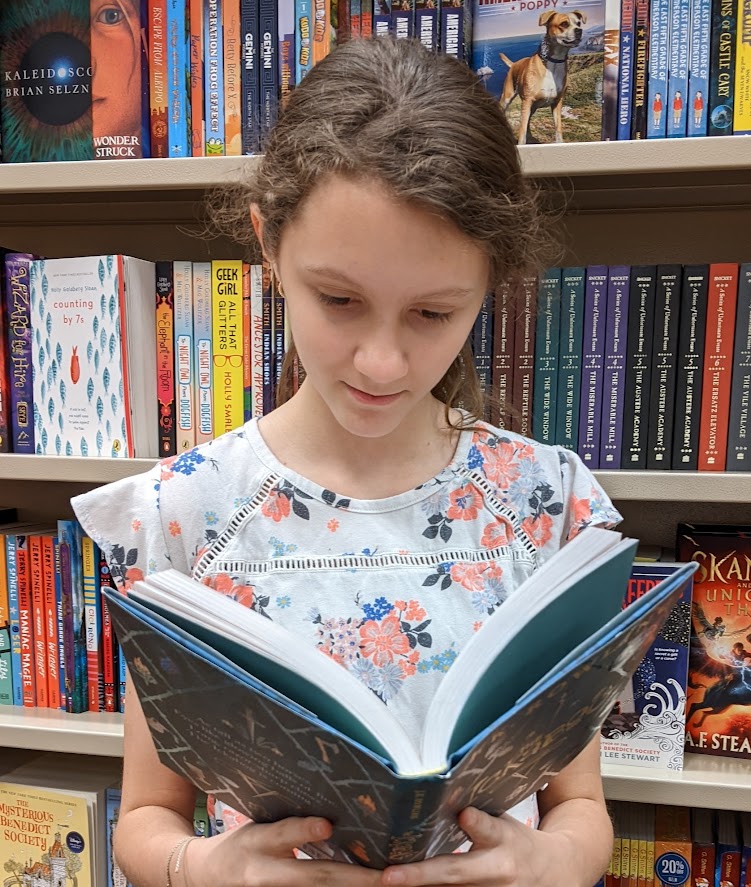Some stories just stick. You know the ones I’m talking about. The kind of stories that take up a lot of space in your brain. The stories that spark a long, meaningful discussion with your parent or friend. The stories that are just complex enough to make you think.
However, without complexity, most books simply provide entertainment, and the effects don’t linger long after the last page is turned or after the screen has gone dark.
As a writer, how can you add complexity without confusing your reader? How can you craft deep, meaningful themes and characters that don’t feel overdone and excessively complicated? How can you entertain while also providing new, complicated ideas in a way that is interesting without being difficult to understand?
The answer lies in today’s case study of Gilmore Girls.
Gilmore Girls
Gilmore Girls is an early 2000’s romantic-comedy show that follows a witty woman named Lorelai and her daughter, Rory. Lorelai got pregnant when she was sixteen, shaming her whole family and making them the disgrace of their uptight, wealthy society. Tired of being around snobs and too proud to show how guilty she feels, Lorelai cut herself off from her parents and started her new life as a single mom in a little town called Stars Hollow.
Now Lorelai is thirty-two and her daughter, Rory, is sixteen. In an attempt to make sure Rory has a good chance of success, Lorelai enrolls her daughter in a prestigious private school. However, the school is expensive, and Lorelai knows she won’t be able to afford it on her own.
So, begrudgingly, Lorelai shows up on her parent’s doorstep to ask for help. Surprisingly enough, her mother agrees. The catch? Lorelai and Rory have to start coming to their house for dinner every Friday night.
As much as Lorelai hates her parents, she loves her daughter even more and agrees to the arrangement. From there, the show follows Lorelai, struggling to be a single mom, while also having to deal with her own mother. And though the premise of this show isn’t especially exciting, and the plot is quite slow moving in some parts, it held a captive audience for seven whole seasons. So what about this story kept so many people interested?
A Little Complexity Goes a Long Way
It’s the fact that the characters are complicated. Lorelai is rebellious and snarky, but she also acts like such a child sometimes (which makes sense considering her teenage life was cut short). She acts sympathetic toward Rory and treats her more like a best friend than a daughter, but also turns right back around to frequently lash out at her own mother. She has contrasting personality traits, deep internal conflict, a simple yet effective backstory, and all of it is just enough to make Lorelai seem human.
And though this may seem complicated from the reader’s point of view, that actually isn’t much complexity at all. Each character balances just a few basic character traits and follows a simple plotline yet it’s enough to keep people captivated. Another example of this is Mrs. Gilmore, Lorelai’s mom and Rory’s grandmother. This woman is an absolute menace to her daughter, but acts like the sweetest grandmother in the world to her grandaughter. She’s vicious and manipulative and dogmatic, but when people look away her villainous smile fades to reveal a hurt mother underneath. However, from the writer’s perspective, Mrs. Gilmore only acts this way because her mother and mother-in-law did the same to her. Her backstory is incredibly simple, yet it was still effective enough to make her feel human.
A little complexity goes a long way. Just a couple flaws or twisted relationships will elevate your characters’ realism and generate an amazing amount of interest. You don’t have to make an idea board full of red string to create complex characters your readers will think about for years to come. Don’t overthink things or you risk making things too confusing or sacrificing your characters’ personality for the sake of complexity. So give your characters flaws. Give them an outward appearance and inner thoughts that don’t always line up. Give them complicated relationships. Even a relatively simple trail of complexity is enough for your reader to unwind with a family member or friend. Even if it doesn’t seem that complicated to you, this technique will have people thinking and talking about your story for decades to come.



Let us know in the comments:
What characters have you read about that are too complex? What different traits do you plan to include to add interest and conflict in your characters? And how was this article? Too sweet? Too sour? Just right?


Hello, I’m Sophia! I’m a child of God and I (if you couldn’t tell already) love to write! I’m also a total theater kid and strong dessert (specifically cupcake) enthusiast. For as long as I can remember, I’ve enjoyed both reading and making my own stories. I’m so glad I get to share with you what I’ve learned from some of my favorite (or sometimes least favorite) stories on this blog.


love thisssssss